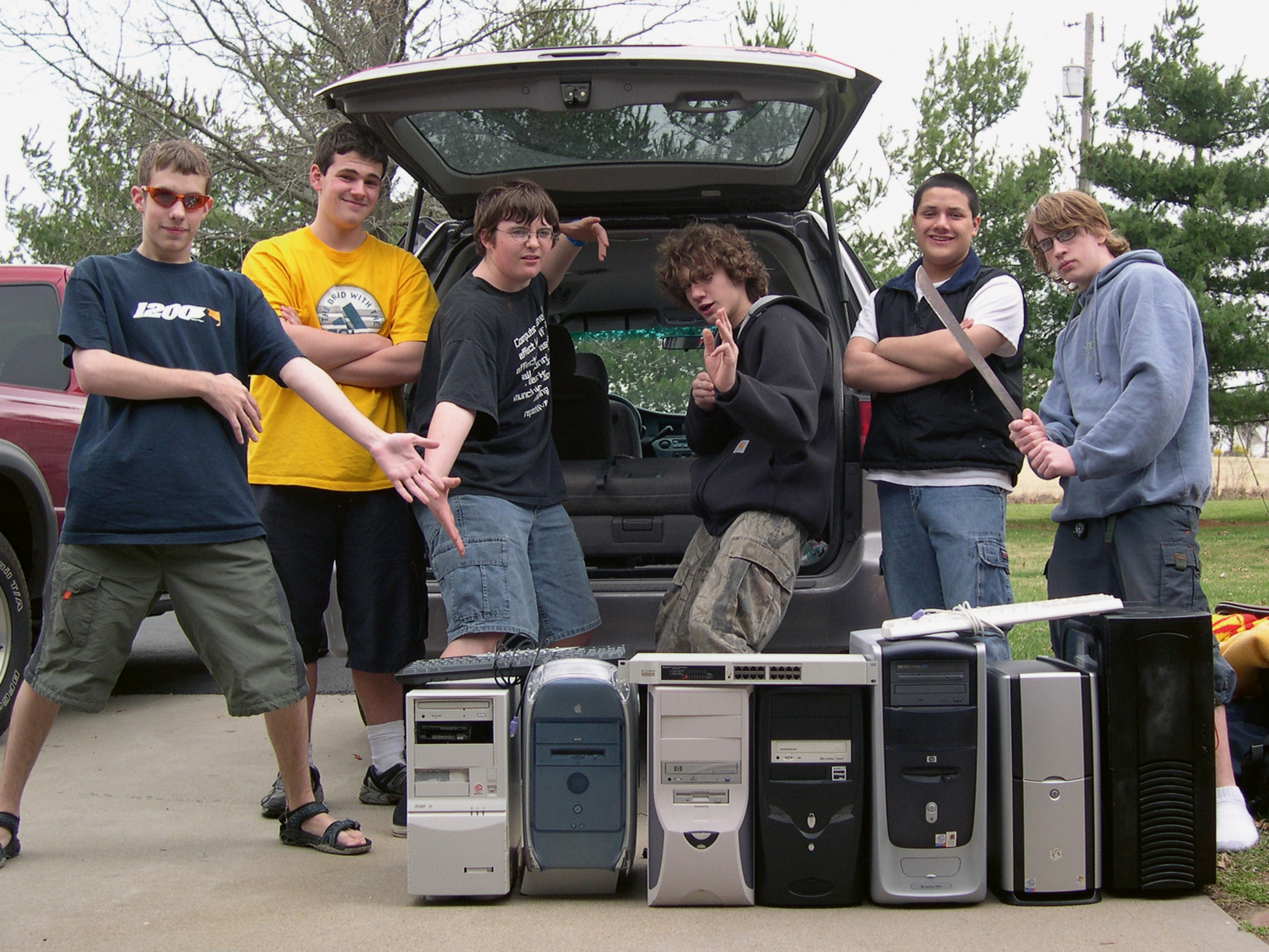The Rise And Fall Of The LAN Party - Aftermath

🌈 Abstract
The article discusses the rise and fall of LAN (Local Area Network) parties, which were popular social gatherings in the 1990s and early 2000s where people would bring their computers and play multiplayer games together in a local network. It explores the cultural and technological context that gave rise to LAN parties, their significance as a social phenomenon, and the factors that led to their decline.
🙋 Q&A
[01] The Rise of LAN Parties
1. What factors contributed to the rise of LAN parties in the 1990s and early 2000s?
- The increasing complexity of 3D graphics in video games, which made them nearly unplayable over the low-speed internet connections of the time
- The need for low-latency multiplayer experiences, which LAN connections could provide
- The lack of widespread high-speed internet access, which made LAN parties the only viable way for many people to play multiplayer games together
2. What types of games were popular at LAN parties?
- First-person shooters like Counter-Strike, Unreal Tournament, and the Quake series
- Real-time strategy games like StarCraft and Warcraft III
- Console games like Halo: Combat Evolved, which supported LAN play
3. How did LAN parties reflect the cultural trends of the time?
- The photos in the book depict the influence of subcultures like nu metal, anime, and early internet meme culture
- LAN parties allowed young people to come together around their shared interests in gaming and technology
[02] The Decline of LAN Parties
1. What factors led to the decline of LAN parties?
- The widespread availability of high-speed internet, which made it possible to play multiplayer games online without the need for a local network
- The rise of matchmaking systems and server-based multiplayer games, which reduced the need for user-hosted servers and LAN play
- The shift to digital game distribution and the decline of physical media, which made it harder to share and play games locally
2. How did the shift to online gaming and digital platforms affect user control and ownership?
- The move to matchmaking and server-based games reduced user control over the gaming experience
- The shift to digital game distribution made it harder for users to share and modify games, reducing their ability to customize their gaming experiences
3. How does the author view the decline of LAN parties in a broader context?
- The author sees the decline of LAN parties as part of a broader shift towards more centralized, corporate control over technology and gaming
- The author suggests that LAN parties represented a more adventurous, user-driven spirit around computing that has been lost in the modern era of ubiquitous technology